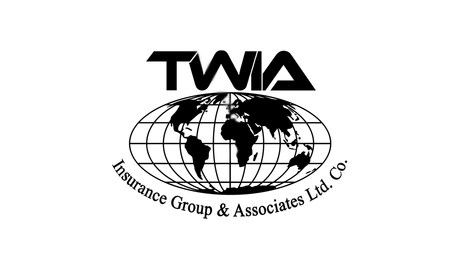TWIA Commercial Property & Casualty
Kaiser nixes planned $500M Seattle med tower build, looks to sell property

Dive Brief:
- Kaiser Permanente will not proceed with plans to open a $500 million medical tower in Seattle’s Yesler Terrace neighborhood.
- The Oakland, California-based operator is now attempting to sell the land — originally purchased from the Seattle Housing Authority for reportedly north of $36 million in 2021 — to Kings County, Washington, the company confirmed to Healthcare Dive. However, the parties have yet to reach a deal.
- The abandoned project was part of Kaiser’s pledge to invest $1 billion into expanding and modernizing healthcare in Washington following its 2017 acquisition of health system Group Health Cooperative in the state.
Dive Insight:
When Kaiser acquired Group Health seven years ago, Susan Mullaney, the then-president of the Kaiser Foundation Health Plan of Washington, pledged the organization would make investments in the area and be an “active partner” to residents.
But Kaiser has recently delayed several investments in the state and closed others, including its downtown Seattle Medical Center in 2021.
Kaiser has pushed back its timeline for expanding its Everett Medical Center from late 2024 to 2025, according to a spokesperson. The expansion, which planned to incorporate an ambulatory surgery center, 24/7 urgent care, imaging, lab and pharmacy services, has been ongoing since 2022.
And in Kent, Washington, residents have been waiting for Kaiser to break ground on a new primary care, mental health and wellness facility since 2020, after the nonprofit bought the property for $15 million, according to reporting from the Kent Reporter. Kaiser has yet to begin development. A spokesperson for Kaiser told Healthcare Dive on Thursday that the timeline for the project is “under review.”
Despite the delays, the spokesperson said Kaiser remains invested in its other locations in the state, adding the Yesler Terrace sale “will not result in any changes to patient care or daily operations for Kaiser Permanente.”
Mark Pascaris, senior director and analytic lead of not-for-profit Healthcare, a research subsidiary at credit agency Fitch Ratings, said that Kaiser backing off its Washington investments isn’t necessarily alarming.
Investment strategies at large organizations are always “very dynamic,” Pascaris said. “There’s always going to be some fluidity to where and how much investments are going to be made.”
Final investment decisions can hinge on membership levels and patient demand in an area and whether adding an additional facility would make the market “over-bedded,” he said.
Kaiser has continued to deploy capital in other states, spending $808 million during the first quarter of 2024. The lion’s share of funds have gone to projects in its home state of California.
“In terms of the markets that drive the system’s [revenue] it really does all start and end with California. California probably represents about 70% of Kaiser’s membership base,” Pascaris said. “We would expect that a disproportionate share of capital investment would be geared towards California.”
Earlier this year, Kaiser opened new medical offices in Los Angeles, after opening a new medical center in San Diego last summer.
However, a notable exception to Kaiser’s home-focused capital spending are acquisitions made through Kaiser’s nonprofit health system Risant Health, according to Pascaris. Risant recently closed its acquisition of Pennsylvania-based Geisinger — the buy gave Kaiser a $4.6 billion boost in its first quarter earnings. It’s the first of at least three more acquisitions of health systems that Risant plans to make over the next five years.
The Wall Street Journal recently reported that Kaiser is seeking to sell off $3.5 billion in private equity investments to generate liquidity, suggesting possible speed bumps to spending.
However, “none of our decisions have been driven by liquidity needs,” the Kaiser spokesperson said.
Fitch Ratings’ Pascaris agreed Kaiser’s balance sheet is equipped to support its capital spending targets, which were last estimated to be $12 billion between 2023 and 2025.
“They have for some time maintained what we would call a healthy pace of capital spending, and we would expect that they would continue to do so,” Pascaris said.
Stay Ahead in Construction: Essential Insights and Protection for Your Projects
The construction industry is the backbone of progress, constantly evolving and presenting new opportunities and challenges. As an investor, realtor, or lender in this vibrant sector, staying informed with the latest construction news is key to making smart decisions. Our blog, sourced from one of the top construction industry sites, is your gateway to staying ahead of the curve.
But what about protecting your investments and projects? Alongside these insights, we present our comprehensive Contractor Insurance Suite, designed to shield your construction projects from the unforeseen. From liability to property damage, our insurance solutions provide the security you need in an industry known for its unpredictability.
Whether you're breaking ground on a new project or managing ongoing developments, our insurance suite ensures that your financial interests are protected immediately. Discover how our tailored insurance products can be the cornerstone of your construction project's success.
Explore Contractor Insurance Solutions for Construction Success
This post was originally published on this site


